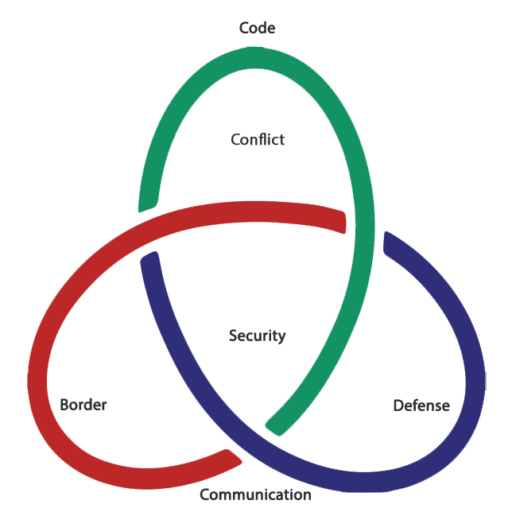Written communication
Communication Skills
Written communication
Aim
(What)
(What)
Improving Skills
Making an impact
Method
(How)
(How)
Principle
Being concise
It caught your attention
Clarity of thought
Be related to the recipient
To avoid negative writings (consequences: reactions, excuses)
Moments when you should write (praise, congratulations)
Being positive
Writing style
Keeping in touch (maintain network relationship)
It caught your attention
Clarity of thought
Be related to the recipient
To avoid negative writings (consequences: reactions, excuses)
Moments when you should write (praise, congratulations)
Being positive
Writing style
Keeping in touch (maintain network relationship)
Modality
(When)
(When)
Manifestation
Examples of building sentences from negative vs positive
The first sentence grabs attention
Using keywords that build relationships
Proofreading before sending (letter; e-mail)
The first sentence grabs attention
Using keywords that build relationships
Proofreading before sending (letter; e-mail)
Tasks/Creative Test
Taking notes of practical examples
"The written word is more powerful than the spoken one"
"The word is the clothing of the thought"
"Writing means you can't help but be understood"
"If there is ambiguity, it will be read negatively"
"What matters is the acquaintances we have and what we do with those we know rather than what we know how to do"
"The word is the clothing of the thought"
"Writing means you can't help but be understood"
"If there is ambiguity, it will be read negatively"
"What matters is the acquaintances we have and what we do with those we know rather than what we know how to do"
